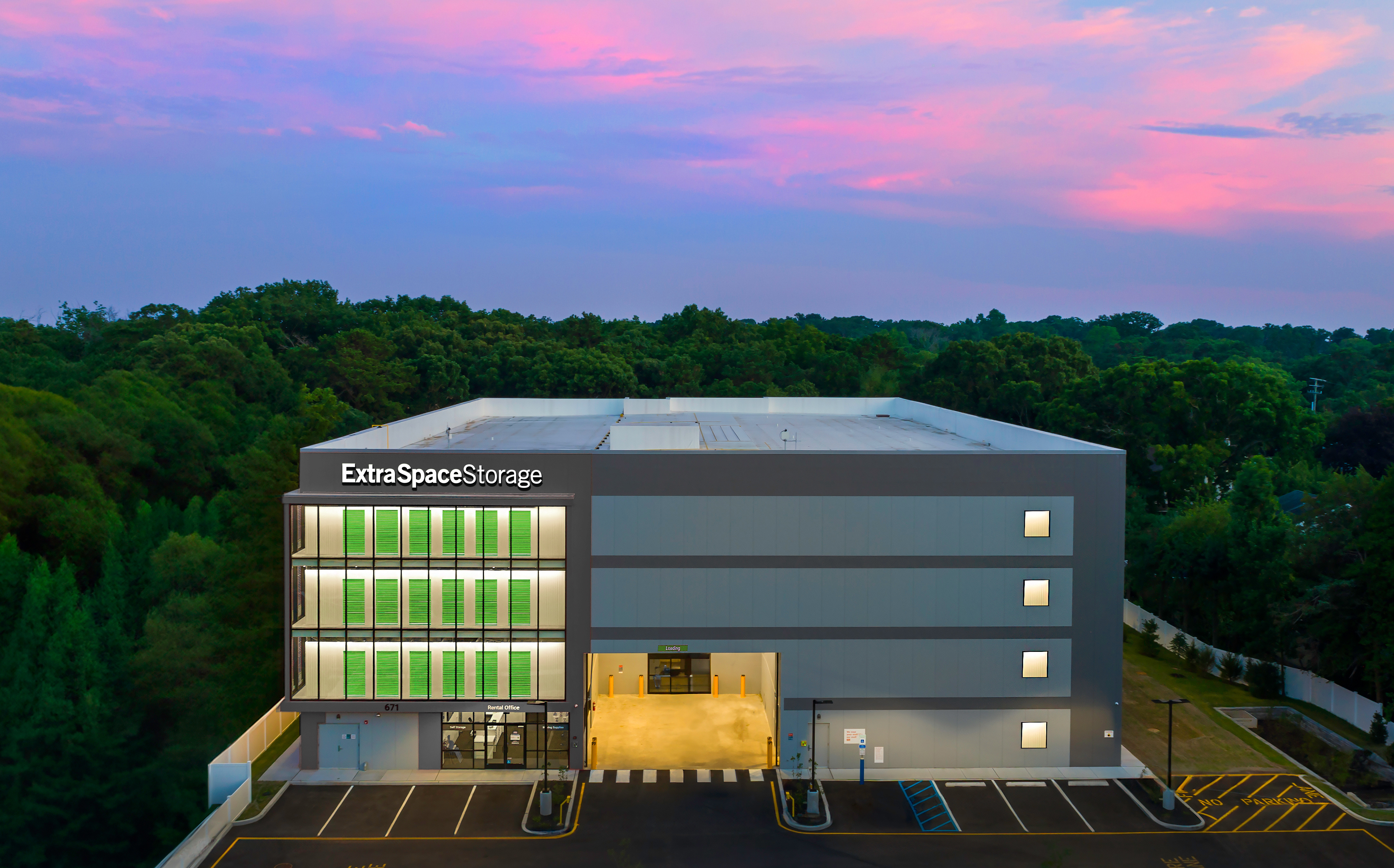3 MIN READ
5 MIN READ
Climate-Controlled vs. Non-Climate Storage: Digging Deeper
May 16, 2025 9:07:53 AM

Understanding the Investment Landscape
The self storage sector continues evolving as investor interest grows, driven by demand from residential and commercial users. One critical decision when evaluating a new self storage development project is determining the appropriate balance between climate-controlled and non-climate storage units.
Climate-Controlled Storage: A Premium Offering
Climate-controlled storage has become an industry standard in many markets, particularly urban and high-density suburban areas. These units maintain stable temperature and humidity levels, protecting sensitive items such as electronics, antiques, and documents from environmental fluctuations. In many cases, these climate units are in a Class A multi-story facility that offers a more secure storage option.
Key Considerations:
- Revenue Potential: Climate-controlled units command higher rental rates due to their added value and increased operational costs. In high-demand markets, investors may potentially achieve premium returns.
- Market Preference: Consumer demand for climate-controlled storage has grown, particularly in regions with extreme temperatures or high humidity.
- Facility Design & Location: Climate-controlled facilities are often multistory structures located in population-dense areas. Within a multistory facility, ground floor units fetch a premium rental rate due to the convenience factor. Many incorporate additional amenities such as covered loading zones and enhanced security measures.
- Operational Efficiency: While these units have higher energy and maintenance costs, they also tend to attract long-term tenants, contributing to stable occupancy rates.
Non-Climate Storage: Cost-Effective and Scalable
Non-climate storage remains a fundamental component of the self storage market, catering to customers with general storage needs such as furniture, tools, and seasonal items. These facilities are typically single-story structures with drive-up access, appealing to both individual users and businesses. Traditionally, non-climate units are in more suburban or rural markets and serve a different type of customer with less demanding needs. Often, the length of stay can be longer.
- Lower Development & Operating Costs: Non-climate storage is less expensive to construct and maintain, resulting in lower overhead and potentially, higher operating margins.
- Broad Tenant Base: These units attract a broad range of tenants, including individuals, contractors, landscapers, and retailers needing overflow storage.
- Flexibility in Site Selection: Given their lower capital requirements, non-climate facilities can be developed in suburban and rural areas. Land development requirements are more significant than multi-story facilities.
- Acquisition Opportunities: Many non-climate storage assets are owned by independent operators or (mom and pop operators), providing value-add investment potential through modernization, operational efficiencies, and strategic pricing adjustments.
Blended Storage Models: Maximizing Market Potential
A growing trend in self storage investment is the development of facilities that integrate both climate-controlled and non-climate units. This hybrid approach allows investors to capture a broader customer base while optimizing revenue streams.
Strategic Considerations for Blended Facilities:
- Customer Segmentation: A mix of unit types can cater to both high-margin residential customers and cost-conscious commercial tenants.
- Geographic Adaptation: In regions with extreme weather, a higher percentage of climate-controlled units may be warranted, whereas markets with strong commercial demand may lean toward non-climate options.
- Operational Synergies: Facilities incorporating both unit types benefit from shared infrastructure, streamlined staffing needs, and diversified income streams.
Positioning for Long-Term Success
Investors evaluating climate-controlled versus non-climate storage must consider location-specific demand, tenant preferences, and long-term operational efficiencies. With increasing consumer awareness and shifting storage needs, climate-controlled facilities are seeing higher adoption rates, but non-climate storage remains a vital and profitable industry segment.
DXD Capital applies a data-driven approach to assessing market demand and facility mix, with the goal of capitalizing on lucrative self storage opportunities.
See More Posts
LOAD MORE
LOAD MORE

